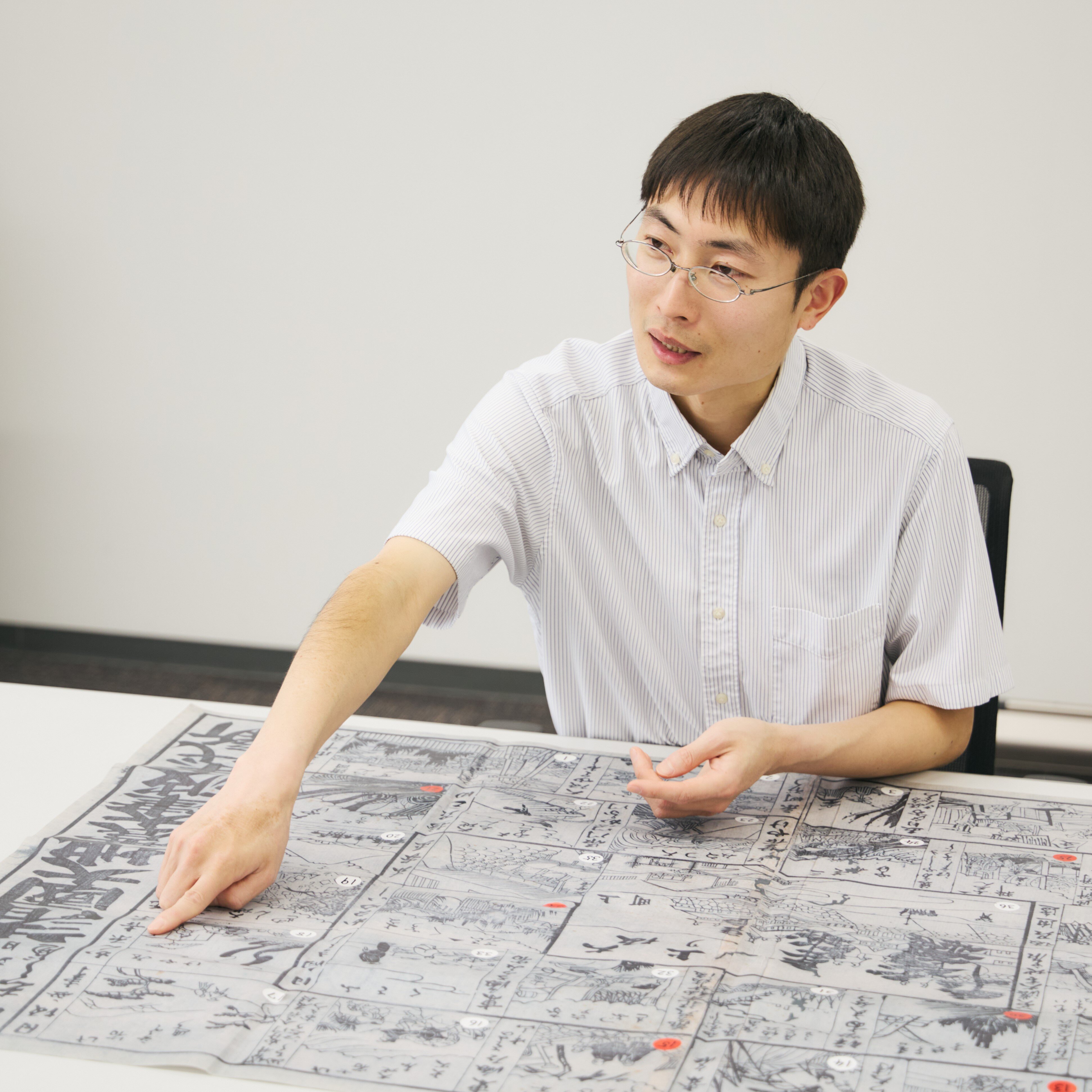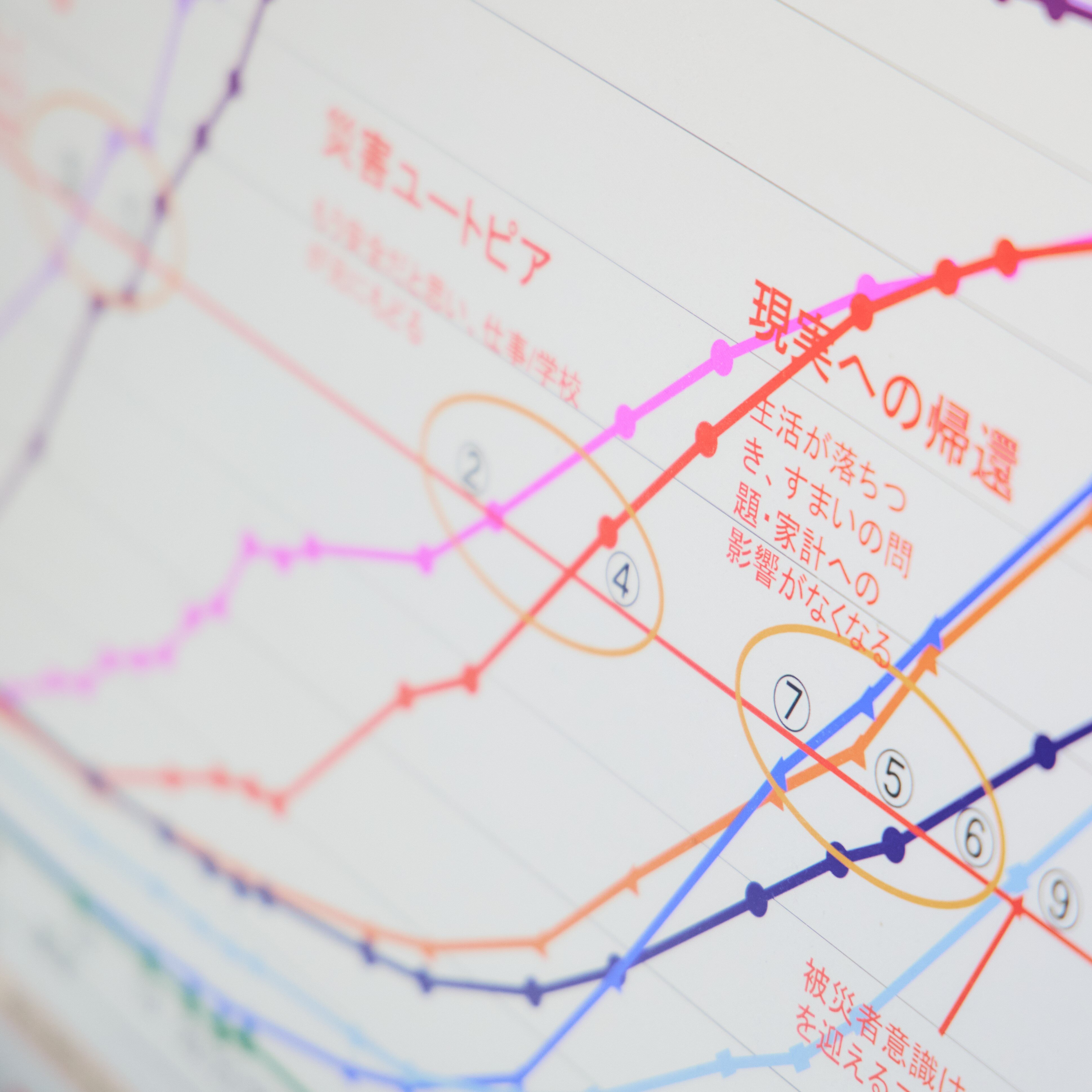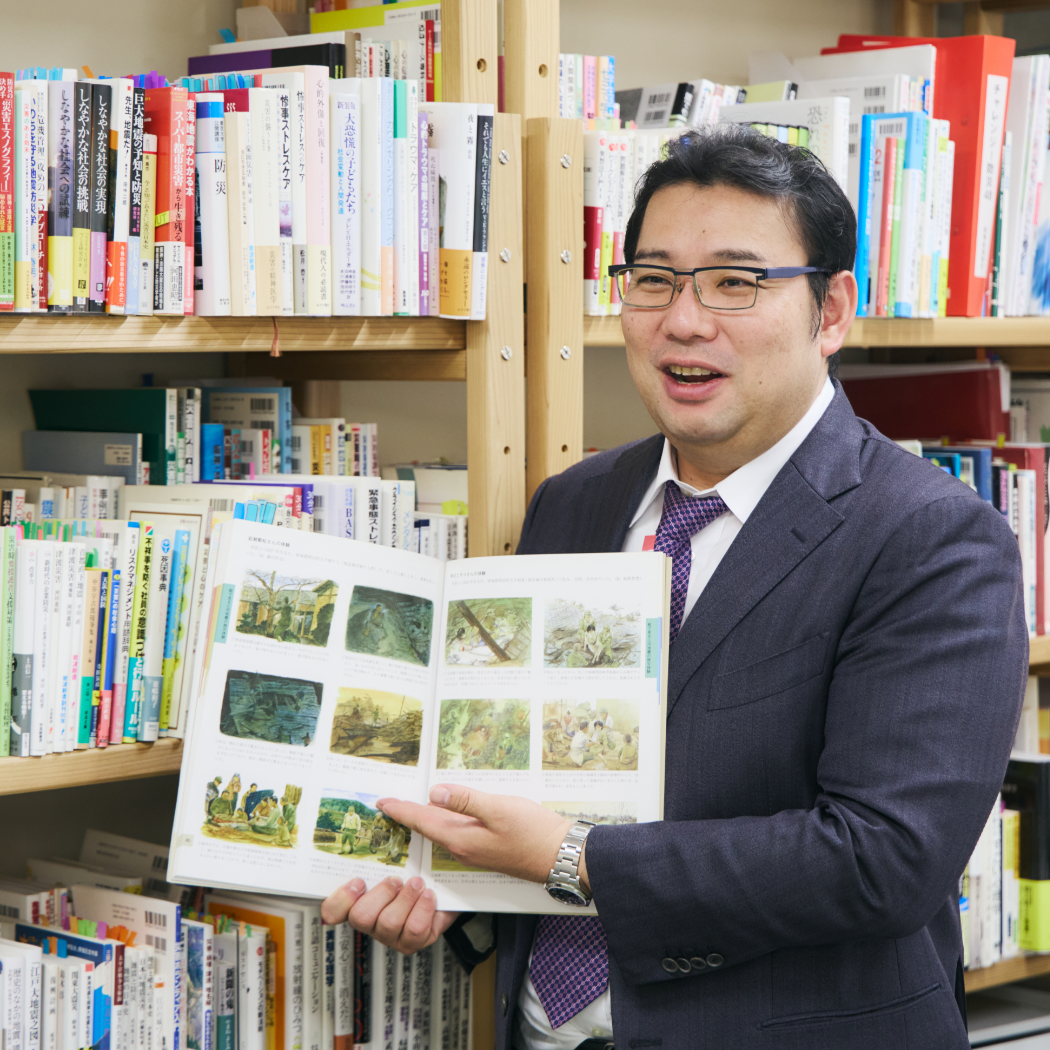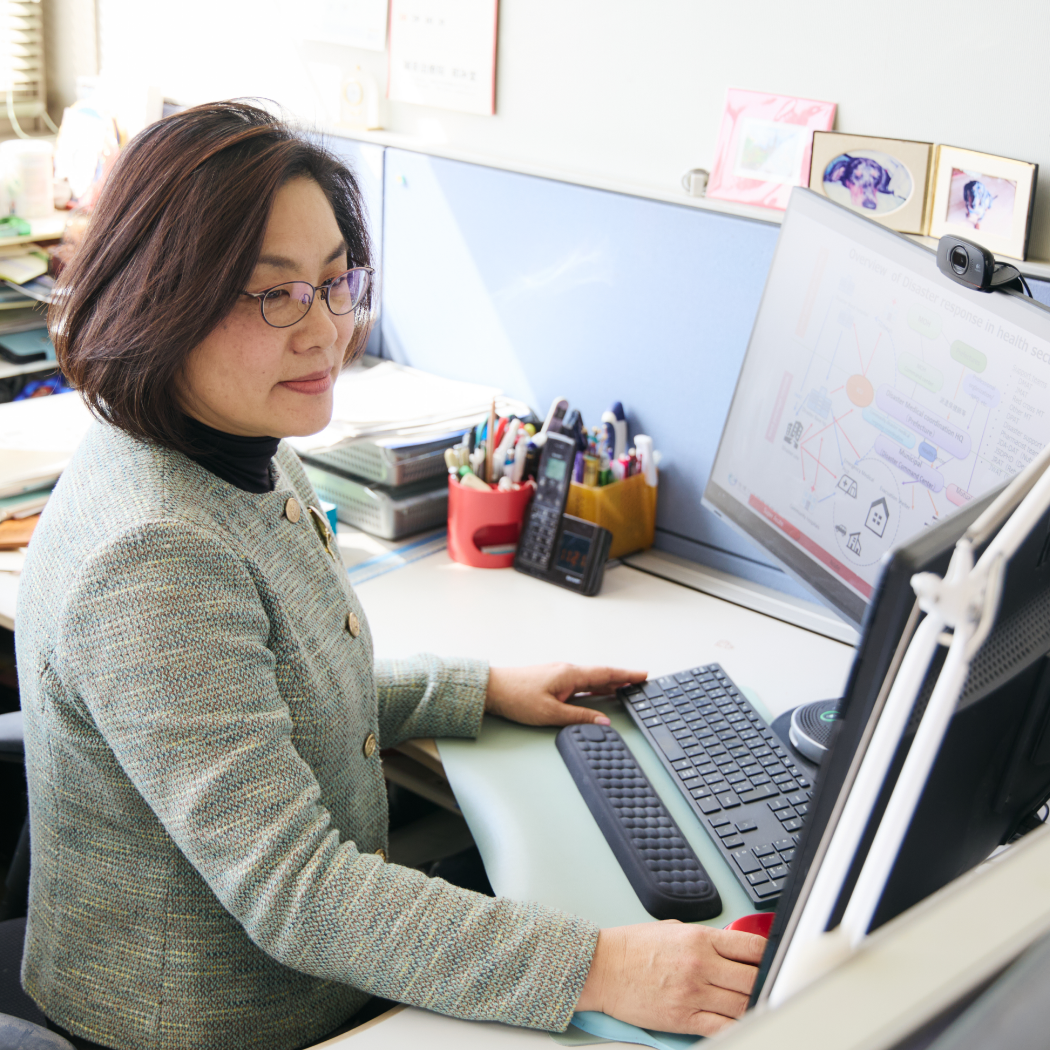Disaster Reduction
It is difficult to predict when and where natural disasters will occur. Correct knowledge backed by experience and preparation in advance is necessary to protect people from disasters and build a strong society. The following is an introduction to the "Protecting the Future" research conducted by experts in various fields at the University of Hyogo from their perspectives.
Supporting historical seismological research by deciphering ancient documents related to disasters and contributing to raising people's awareness of disaster prevention
Takashi Hirai
Associate Professor, Graduate School of Disaster Resilience and Governance

Seismology comprises a wide range of research fields. In my case, I am a member of the Architectural Institute of Japan in addition to the Seismological Society of Japan. I am involved in research in the engineering field leading to earthquake-resistant building design, and I also conduct research in the field of historical seismology. Earthquakes occur repeatedly. Their cycles are very long, so there are many things that we don't know from observations made over a period of about 150 years. Therefore, historical seismology involves studying earthquakes that occurred before modern seismology began. One of the research methods is deciphering ancient documents, which contain detailed records of the damage and restoration processes of such historical earthquakes as the Ansei Tokai Earthquake and the Ansei Nankai Earthquake in 1854.
However, because many ancient documents are written in a cursive script, it is necessary to learn how to decipher them. I became involved in historical seismology after learning these skills in a history seminar during my doctoral studies at the university. At present, I organized the Disaster Mitigation Archives Study Group, and also train people on how to decipher historical documents. Many people who are not specialized in disaster research participate in the study group, contributing to acquiring knowledge and skills and raising each person's level of disaster awareness. Also, I publish collections of historical documents that I have deciphered with explanatory notes. By making these documents available to many people, I believe that I am helping to raise people's awareness of disaster prevention.

For example, the findings of historical seismic research can be used to create hazard maps. When evaluating seismic hazard, the existence of active faults and their history of activity are significant. Most information on modern earthquakes is compiled and announced on a municipality-by-municipality basis. However, historical data sometimes records the collapse of private houses in each village, which may make it possible to estimate the distribution of seismic intensity in more detail than with modern seismic observations.
Combining historical data with modern findings allows us to elucidate previously unknown information. I engage in research with the hope that historical seismology will impact both physical disaster prevention research and people's awareness, thereby expanding the circle of disaster prevention activities.
Expanding Research
Clarifying the livelihood reconstruction process leading to restoration and recovery
Realizing disaster prevention from two perspectives: tangible and intangible
Reo Kimura
Professor, School of Human Science and Environment
My research aims to elucidate post-disaster recovery and reconstruction, and to utilize this knowledge for taking disaster management measures before a disaster. Disasters are not only natural phenomena but also social phenomena that have a significant impact on people and society. By studying human psychology and behavior after a disaster and clarifying the process of rebuilding people's lives, we can learn about the challenges and take measures to prepare for the next disaster.
After the Noto Peninsula earthquake in January of this year, hoaxes on social networking services became a serious problem. I myself took action such as issuing a statement about hoaxes in collaboration with the mass media. My mission is to think of measures to ensure that both tangible and intangible aspects of disaster prevention function adequately and to apply them to future disaster prevention.


Reducing the impact of disasters by enhancing the "power to live"
Supporting as many disaster victims as possible to overcome disasters in good health
Sonoe Mashino
Professor, Research Institute of Nursing Care for People and Community
Disasters threaten lives and healthy living. While nursing professionals cannot stop disasters from occurring, we can reduce their impact on people. The pursuit of ways to do so is the most important aspect of disaster nursing research.
Our activities are diverse. I am involved in research that contributes to reducing the impact of future disasters by recording nursing practices in disaster situations and gathering evidence in the course of caring for disaster victims, as well as improving the environment of evacuation centers and caring for disaster responders and volunteers who work in disaster affected areas. After the Noto Peninsula earthquake, our activities focused on how to enhance the "power to live" of disaster victims while protecting the lives of local people.
At the same time, we are trying to establish a model for disaster prevention and recovery that not only provides support immediately after a disaster but also establishes a system in which community members can cooperate with each other to cope with disasters over the long term.


Focus on Person
Unraveling the mysteries of history and using a new approach to raise awareness of disaster prevention
I am researching the cause of the fire in the Oshoin of Sasayama Castle in Tambasasayama. To investigate thoroughly the cause of the fire, I have visited libraries many times and read various documents to look for clues. My goal is to reveal the truth about past disasters and to pass on the lessons and experiences from them for the future. Also, by researching disaster prevention from a historical perspective and presenting the results, I hope to raise awareness and interest in disaster prevention among many people.

Unraveling the mysteries of history and using a new approach to raise awareness of disaster prevention

Masataka Kitamura
1st year master's program student, Graduate School of Disaster Resilience and Governance
Learning from the earthquake experience, aiming to create a town where even the elderly can live with peace of mind
I am researching the problems faced by the elderly in the event of a disaster. The impetus for this project is my new job at the city hall and the aging population in my hometown. Using analytical tools, we extract keywords related to the elderly from past newspaper articles and analyze the connections with surrounding words. By reading the real voices of disaster victims in newspapers, we can learn about the issues and problems at the time and prepare for the next disaster. We want to keep the memory of disasters from fading and create a safe and secure city for the elderly.

Learning from the earthquake experience, aiming to create a town where even the elderly can live with peace of mind

Kakeru Sasaki
4th year student, School of Human Science and Environment